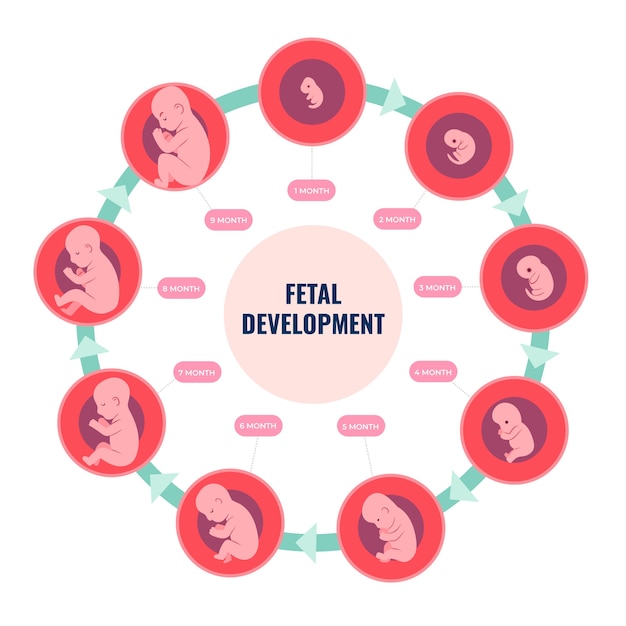
Labor marks the beginning of childbirth and unfolds in three stages: labor, childbirth, and the placenta’s delivery. Each of these stages is unique, but the first stage of labor stands out as the longest and most intense. It’s important for expectant mothers to understand each stage and phase of labor so they can approach the process with confidence and clarity.
**The Stages of Labor**
The first stage of labor begins with true labor and continues until the cervix is fully dilated to 10 cm. This stage is divided into three phases:
1. **Early Labor Phase**:
– During this phase, the cervix dilates from 0 to 3 cm.
– This phase can last many hours or even days and is often less intense compared to the others.
– Contractions are mild and irregular, lasting 30 to 45 seconds and occurring anywhere from 5 to 30 minutes apart. Over time, they become stronger and more frequent.
– Other signs include backaches, pelvic pressure resembling menstrual cramps, digestive issues like diarrhea, and possibly the rupture of the amniotic sac (water breaking).
**What You Can Do**:
– Stay calm and conserve your energy. Gather your strength for the later stages.
– Keep hydrated, eat light snacks, and rest if possible. If the signs appear during the day, engage in light activities to distract yourself. If it’s nighttime, try to sleep.
– Track your contractions to monitor their frequency and note changes to share with your healthcare provider.
2. **Active Labor Phase**:
– This phase begins when the cervix dilates from 3 to 7 cm, lasting 2 to 3 hours on average but sometimes longer, especially for first-time mothers.
– Contractions intensify, lasting 40 to 60 seconds and occurring every 3 to 4 minutes. Pain and pressure increase, accompanied by fatigue, backaches, and heavier pelvic discomfort.
**What You Can Do**:
– Focus on your goal: bringing your baby into the world. This thought can help you remain motivated despite the discomfort.
– Breathing techniques and frequent position changes might provide some relief. If possible, take short walks, try a warm bath, drink water, and urinate as needed.
– By this point, it’s time to get to the hospital or birthing center, where trained professionals will monitor your progress and provide assistance if necessary.
3. **Transition Phase**:
– The final and most intense phase involves the cervix dilating from 7 to 10 cm. This phase is much shorter than the others, generally lasting 15 minutes to 3 hours.
– Contractions reach their peak, lasting 60 to 90 seconds with brief 30-second to 2-minute intervals. Symptoms include hot flashes, nausea, rectal pressure, and exhaustion.
**What You Can Do**:
– Remind yourself that you’re almost there! While this phase can feel overwhelming, it’s also the final hurdle before the second stage of labor.
– Accept help from your support team, and ask your provider for updates on how close you are to the pushing phase. Encouragement and acknowledgment of your efforts during this time can make a big difference.
**Stage 2: Delivering the Baby**
Once the cervix is fully dilated, it’s time to deliver the baby. This phase can last anywhere from a few minutes to several hours and often takes longer for first-time mothers or those who’ve had an epidural.
During this stage, your healthcare provider will guide you on when to push. Listen to your body as well, as you may feel a strong urge to push with each contraction. Positions like squatting, kneeling, or sitting can help ease the process. At times, your provider may ask you to pause or slow down pushing to allow the vaginal tissue to stretch and minimize tearing.
After the baby’s head is delivered, the rest of the body typically follows quickly. Once your baby arrives, their airways may be cleared, and the umbilical cord will be cut.
**Stage 3: Delivering the Placenta**
The final stage of childbirth involves delivering the placenta. This typically takes 5 to 30 minutes but can sometimes last up to an hour. Mild contractions may continue to help the placenta separate from the uterine wall.
Your healthcare provider may massage your abdomen to encourage the uterus to contract and return to its normal size. Any remaining fragments of the placenta will be carefully removed to prevent infection or excessive bleeding. If needed, stitches will be applied to repair vaginal tears or tissue damage.
At this point, you’ll likely feel a deep sense of relief and joy as you hold your baby for the first time. Though the experience of labor can be physically and emotionally challenging, the reward of meeting your child often outweighs the pain and effort. Focus on bonding, breastfeeding, or simply celebrating this new chapter in your life.